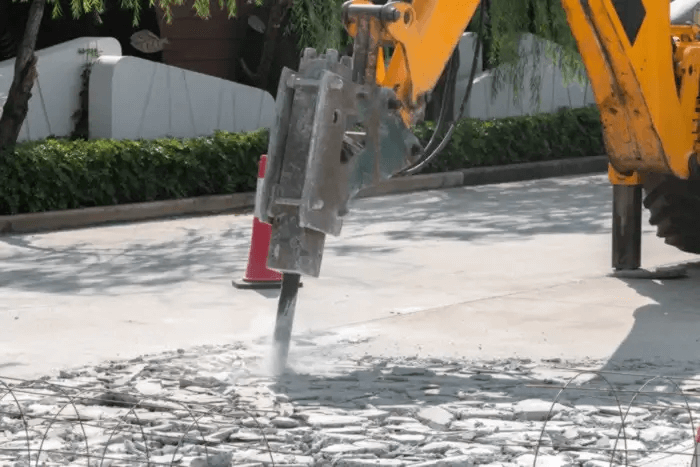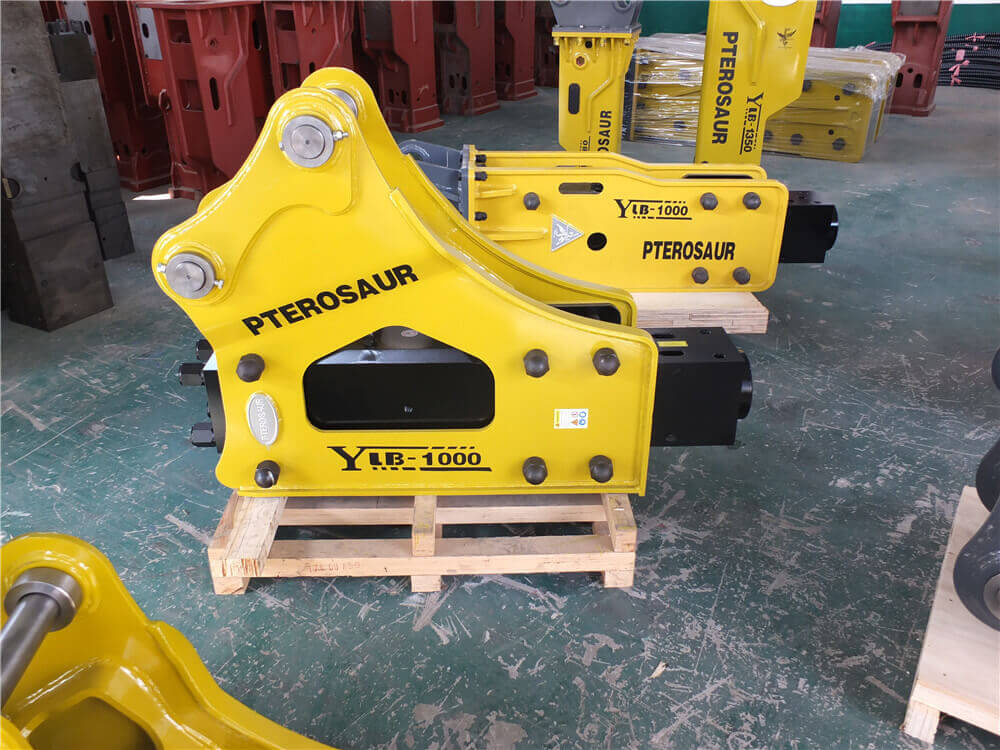Comprehensive Guide to Hydraulic Rock Breakers
Hydraulic rock breakers have become indispensable tools in the construction and demolition industries. These powerful devices are designed to efficiently break down rock and concrete, making them essential for excavation and site preparation projects. In this article, we will explore the specifications, operational guidelines, and maintenance tips for hydraulic rock breakers.
Understanding Hydraulic Rock Breakers
Hydraulic rock breakers are attachments used on excavators to deliver powerful strikes to break tough materials. They convert hydraulic energy into kinetic energy, allowing operators to effectively break rock or concrete with precision and ease.
Key Specifications
When selecting a hydraulic rock breaker, it’s crucial to consider the following specifications:
- Operating Weight: The weight of the breaker significantly influences its performance. Common weights include:
- 1,884 kg
- 2,571 kg
- 3,261 kg
-
4,668 kg
-
Oil Flow Range: The oil flow determines how much hydraulic fluid is circulated to the breaker. Typical ranges are:
- 140 – 220 l/min
- 175 – 250 l/min
- 250 – 320 l/min
-
280 – 380 l/min
-
Frequency of Operation: Measured in blows per minute (bpm), the frequency indicates how fast the breaker operates:
- Ranges from 310 bpm to 850 bpm depending on the model.
Choosing the Right Hydraulic Rock Breaker
To ensure optimal performance, it’s essential to match the hydraulic rock breaker with the excavator’s specifications. When inquiring about a model, provide details such as the brand and model of your excavator to receive tailored recommendations.
Operating Guidelines
Operating hydraulic rock breakers requires a clear understanding of their functionality and safety measures. Here are some best practices:
- Proper Setup: Ensure that the breaker is securely mounted on the excavator and that all hydraulic connections are checked before use.
- Routine Checks: Regularly inspect the breaker for wear and tear, paying particular attention to the chisel and other wearing parts.
- Optimal Hydraulic Flow: Adjust the hydraulic flow to match the specifications of the breaker for maximum efficiency.
- Controlled Strikes: Utilize controlled strikes to minimize the risk of damaging the excavator or the breaker itself.
Maintenance Tips
Regular maintenance is crucial for the longevity and effectiveness of hydraulic rock breakers. Here are some maintenance tips:
- Refer to the Serial Number: Always reference the stamped serial number plate located on the front head of the rock breaker for repairs and spare parts ordering.
- Routine Cleaning: Clean the breaker after use to remove dirt and debris that could cause wear.
- Inspect Hydraulic Hoses: Check hoses for leaks or damage, replacing them as necessary to maintain optimal hydraulic flow.
- Lubrication: Ensure that all moving parts are adequately lubricated to reduce friction and wear.
Conclusion
Hydraulic rock breakers are essential tools in the construction industry, providing efficiency and precision in breaking down tough materials. By understanding their specifications, operating guidelines, and maintenance requirements, users can maximize their performance and lifespan. Whether you are in the market for a new breaker or looking to maintain an existing one, consider these insights to ensure effective and safe operations.
For further information on specific models and technical specifications, refer to manufacturer resources or consult with industry experts to find the right hydraulic rock breaker for your needs.





































